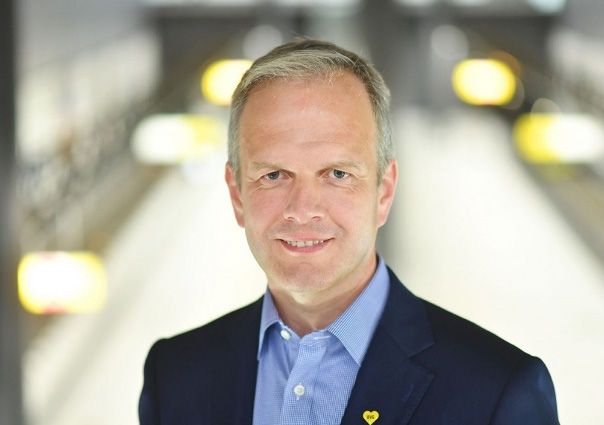DFS

DFS Deutsche Flugsicherung GmbH, the German air navigation service provider, is a State-owned company. In peak years, around 2,200 air traffic controllers guide more than three million flights through German airspace with up to 10,000 flights every day.
Friedrich-Wilhelm Menge, Chief Technology Officer (CTO), DFS

What is the added value of being a member of the SESAR 3 JU?
Being a member of the SESAR 3 JU means being involved in an innovation partnership consisting of all major stakeholders of the ATM system in Europe. This kind of partnership is important to foster and implement substantial improvements in a coordinated manner. And it is necessary in order to cope with todays and future challenges for the ATM system.
The possibility of shaping the common view of the future Digital European Sky via the European ATM Master Plan as well as the opportunity to actively participate in the steering and expediting of implementation activities via the common projects is a major benefit and a clear added value of being a member of the SESAR 3 JU.
Why is air traffic management and its digital transformation important to DFS?
The digital transformation of the European ATM system is one of a few major keys to achieving an optimal service experience for the end user as well as maintaining an outstanding level of safety while performing on an increased level of cost-efficiency and sustainability.
Digital solutions form the bedrock of future air mobility. Service-oriented systems, data-driven services and application programming Interfaces need to become the standard.
What are DFS’s top three innovation priorities?
Our innovation priorities include real-time air/ground broadband data exchange, as well as controller assistance tools, which facilitate the transformation from an “air traffic controller” to an “air traffic manager”. In addition, we foster the complete implementation of the DFS future delivery model architecture for ATS systems, which includes a service-oriented architecture, decoupled HMI and cloud-based technologies.
In which flagships of the Digital European Sky programme is DFS particularly interested in getting involved, and why?
One key element of the future ATM system is a significantly increased level of automation plus the transformation of the air traffic controllers towards an air traffic manager. Trajectory-based operating methods, a high integration between air and ground–based on capable data link technologies – as well as up to date and cloud compatible system architectures, are necessary to cope with the requirements of a wider range of airspace users, like drones operating in u-space or pseudo satellites operating in high altitude airspace. Therefore, the flagships “connected and automated air traffic management”, as well as “air/ground integration and autonomy” are of major interest to DFS. On top of that, we see a growing demand in the area of pan European civil/military interoperability and coordination in order to cope with the challenges in our today’s world.
